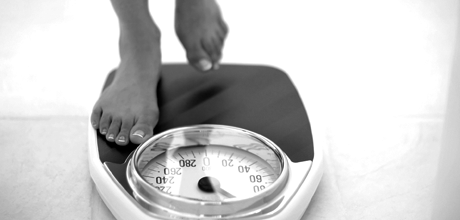The secret behind fat-loss success lies in fuelling your body with nutrient-dense meals. Start by going back to basics.
Number one on the list is fibre, both soluble and insoluble. Fibre helps slow digestion and recharges your body with a steady stream of energy, but worryingly, a whopping 90% of British women don’t eat enough roughage.
Eat meals high in protein, which helps preserve lean muscle mass, and omega-3 fatty acids. These turn on fat-burning enzymes in your cells and regulate the hormone leptin, which keeps you satiated.
Finally, spice up your meals for a metabolism kick. Chilli and paprika both contain capsaicin, which helps speed weight loss, while cinnamon helps regulate blood sugar and reduce cravings.


